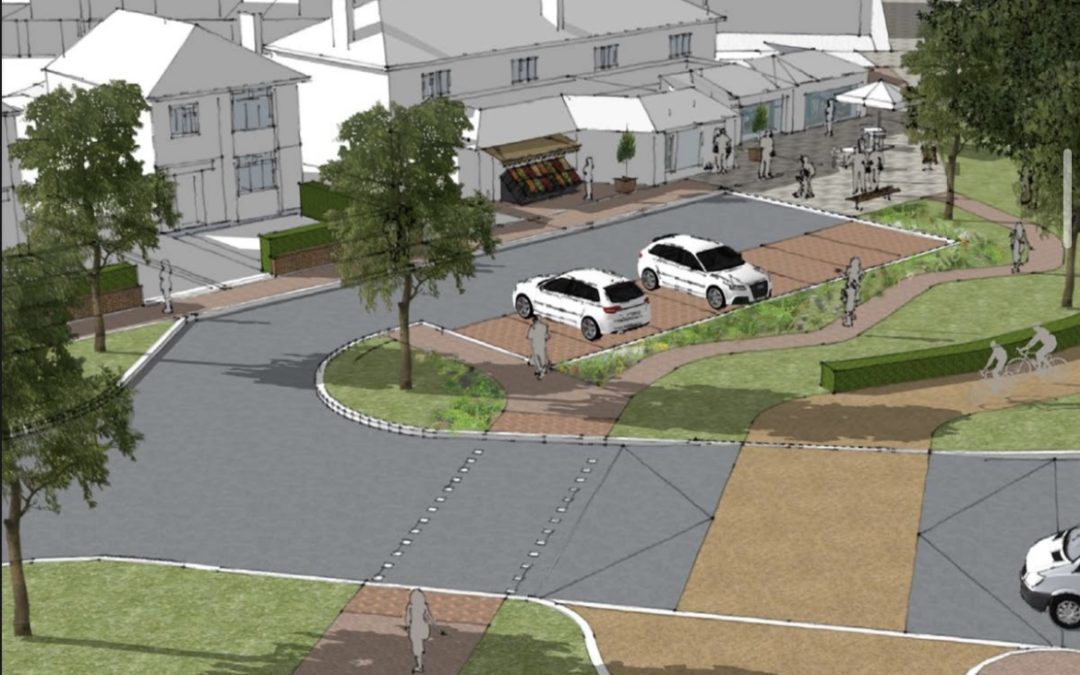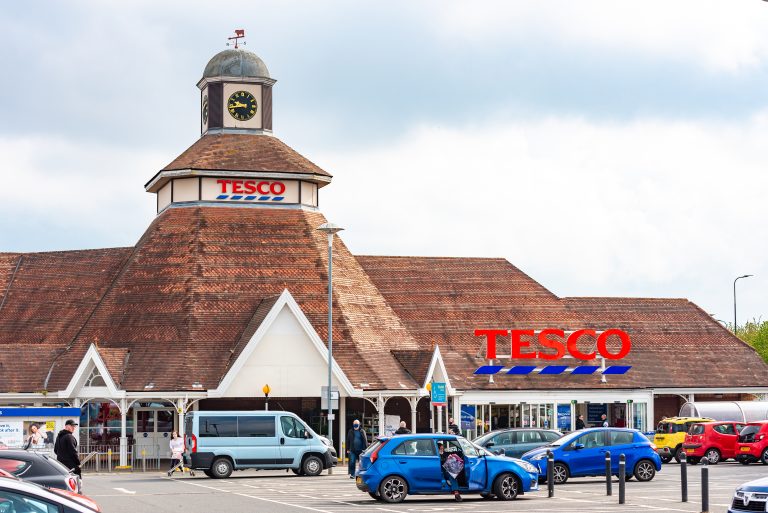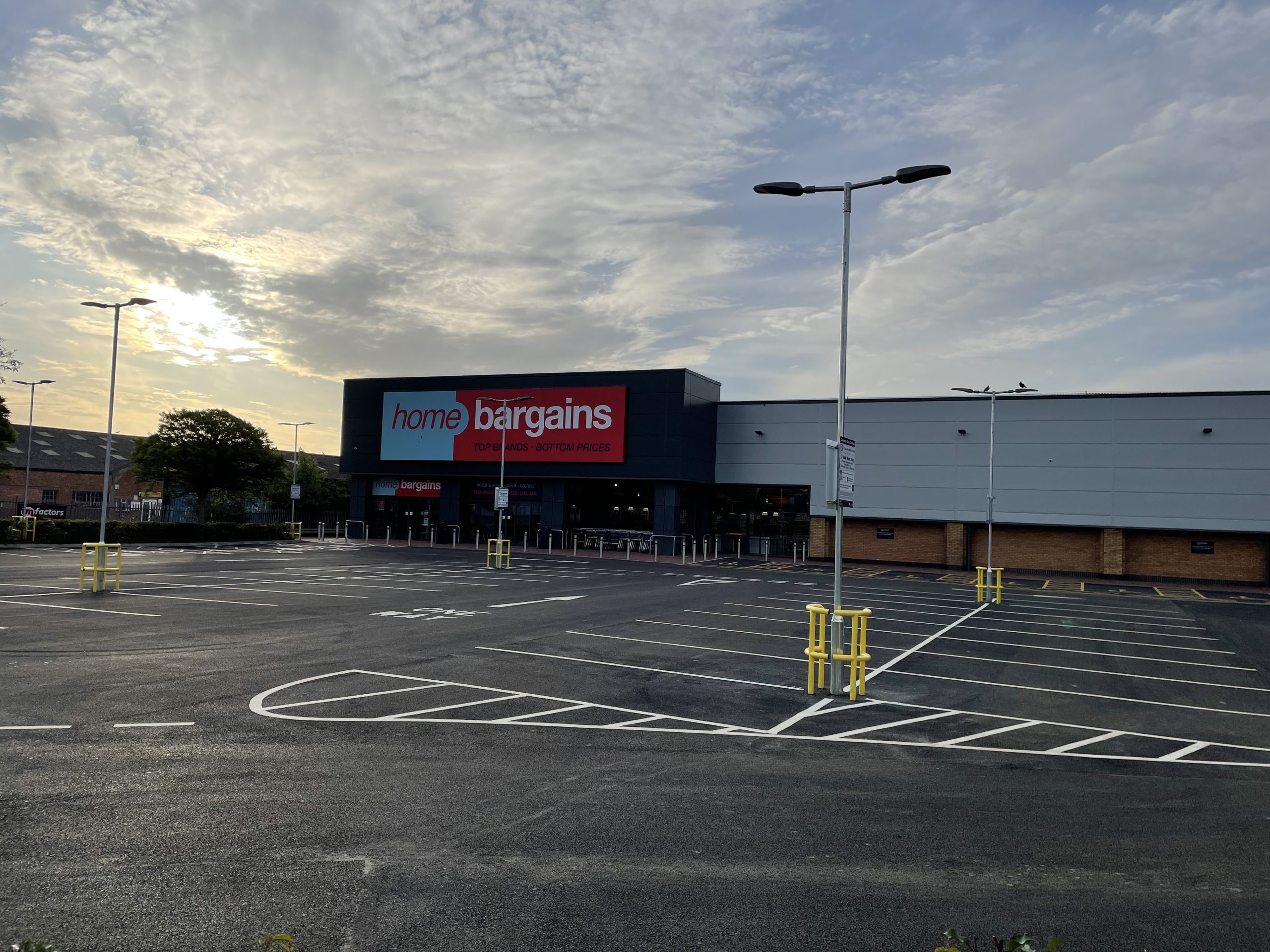Herefordshire Council is considering introducing school streets, where traffic is restricted at certain times of the day, as part of plans revealed in the draft Hereford Masterplan.
In the Masterplan, it states:
A low-traffic neighbourhood is an area in which motorised through-traffic is eliminated or dramatically reduced. This is achieved by installing physical interventions which retain motor vehicle access to properties within an area but prevent or strongly discourage motor traffic from driving through areas on their way to somewhere else.
Low-traffic neighbourhoods make local journeys to school easy, enable more walking and cycling, and increase footfall outside local shops and services.
When driving, low-traffic neighbourhoods turn minor roads into cul-de-sacs. They are a simple and cost-effective way to reduce through-traffic while maintaining vehicle access to homes and businesses.
Low-traffic neighbourhoods are not new. As the map on page 85 shows, across Hereford, there is a long history of installing measures which eliminate motorised through-traffic from streets and other public spaces.
Car traffic can disappear from areas if the infrastructure is changed. Making it harder to drive short trips incentivises people who can to walk, wheel or cycle instead of driving on some trips.
Nobody was consulted on the slow but steady increases that have been seen in motor traffic in Hereford’s local areas. With sat nav tech becoming commonplace, car and van traffic has significantly increased on minor roads.
We get the traffic we design for. If we continue to build highways, we induce more car traffic. If we disincentivise driving and enable active travel, we get more pedestrian traffic and cycle traffic – and that benefits everyone.
Eliminating or substantially reducing motorised through- traffic is achieved by ‘filtering’ key points on certain streets. This uses physical measures which restrict
cars and vans but enable people walking, cycling, or using a mobility scooter to travel through. In some locations, where necessary, space can be left for local buses and emergency services to travel through.
Due to the installation of physical measures to restrict motorised through-traffic, some residents and businesses will have to take different routes to their destinations in a low-traffic neighbourhood area. This will generally be less convenient. By their nature, low- traffic neighbourhoods disincentivise short car trips, instead enabling more efficient modes of transport for shorter trips, including walking, cycling and wheeling.
Getting used to these changes can take time for those who currently drive, and this can be disruptive in the short term. These impacts can depend greatly on how a low-traffic neighbourhood is designed and where filters are located.
Looking elsewhere where success has been achieved, evidence suggests that low-traffic neighbourhoods should be implemented over a wide enough area to enable
THE 12 BIG IDEAS 87
Reducing motor traffic in Hereford’s
local neighbourhoods will help to deliver attractive places to live and spend time in with family, friends and neighbours.
Low-traffic neighbourhoods make local journeys to school easy, enable more walking and cycling, and increase footfall outside local shops and services.
When driving, low-traffic neighbourhoods turn minor roads into cul-de-sacs. They are a simple and cost-effective way to reduce through-traffic while maintaining vehicle access to homes and businesses.
Low-traffic neighbourhoods are not new. As the map on page 85 shows, across Hereford, there is a long history of installing measures which eliminate motorised through-traffic from streets and other public spaces.
Car traffic can disappear from areas if the infrastructure is changed. Making it harder to drive short trips incentivises people who can to walk, wheel or cycle instead of driving on some trips.
Nobody was consulted on the slow but steady increases that have been seen in motor traffic in Hereford’s local areas. With sat nav tech becoming commonplace, car and van traffic has significantly increased on minor roads.
We get the traffic we design for. If we continue to build highways, we induce more car traffic. If we disincentivise driving and enable active travel, we get more pedestrian traffic and cycle traffic – and that benefits everyone.
Eliminating or substantially reducing motorised through- traffic is achieved by ‘filtering’ key points on certain streets. This uses physical measures which restrict
cars and vans but enable people walking, cycling, or using a mobility scooter to travel through. In some locations, where necessary, space can be left for local buses and emergency services to travel through.
Due to the installation of physical measures to restrict motorised through-traffic, some residents and businesses will have to take different routes to their destinations in a low-traffic neighbourhood area. This will generally be less convenient. By their nature, low- traffic neighbourhoods disincentivise short car trips, instead enabling more efficient modes of transport for shorter trips, including walking, cycling and wheeling.
Getting used to these changes can take time for those who currently drive, and this can be disruptive in the short term. These impacts can depend greatly on how a low-traffic neighbourhood is designed and where filters are located.
Looking elsewhere where success has been achieved, evidence suggests that low-traffic neighbourhoods should be implemented over a wide enough area to enable an overall reduction in motor traffic and meaningfully disincentivise short car trips in favour of active travel.
These interventions are one tool of many. When combined over time as part of a portfolio of measures, they can enable positive changes for people living in Hereford.
Alongside the implementation of low-traffic neighbourhoods, complementary projects will be developed. These may be delivered before, after or in parallel with
the low-traffic neighbourhood and include the following:
● School Streets – permanent or timed restrictions on motorised traffic (see below).
● Controlled Parking Zones.
● Reallocation of road space on strategic routes for walking and cycling (see Big Idea 2: People-friendly streets on page 93).
● Considering workplace parking levies.
● Projects at the ‘edges’ of low-traffic
neighbourhoods, such as controlled crossings and continuous footways.
● Attending to the quality of local centres and hubs within these neighbourhoods (see below).
School Streets: enabling safer routes to school
School Streets are a simple idea. They involve closing the streets around schools at drop-off and pick-up times to motor traffic. Such projects meet a lot of national and local priorities: they reduce road danger, make it safer for children to walk or cycle to school, and lower air pollution outside schools.
These interventions restrict motorised through-traffic on streets with schools during pick-up and drop-off times. They stop car traffic from travelling directly outside schools, reducing road danger and emissions next to schools.
This is achieved by various kinds of vehicular traffic closure during school drop-off and pick-up periods. Only permit holders, cycle traffic and pedestrians are allowed through. Exceptions can be made to allow vehicle access to residential properties within the School Streets area.
A School Street includes a vehicular traffic closure for 30-60 minutes at morning drop-off and afternoon pick-up times.
Rolling out School Streets as business-as- usual will mean working collaboratively with schools and partners across the city.
The concept varies depending on the local context, but a preferred option is often a signed traffic restriction, enforced with automatic number plate recognition (ANPR).
Alternatively, volunteers from the school community, such as parents or teachers, can steward a vehicular traffic closure – a temporary or flexible modal filter with furniture, such as barriers or planters.




